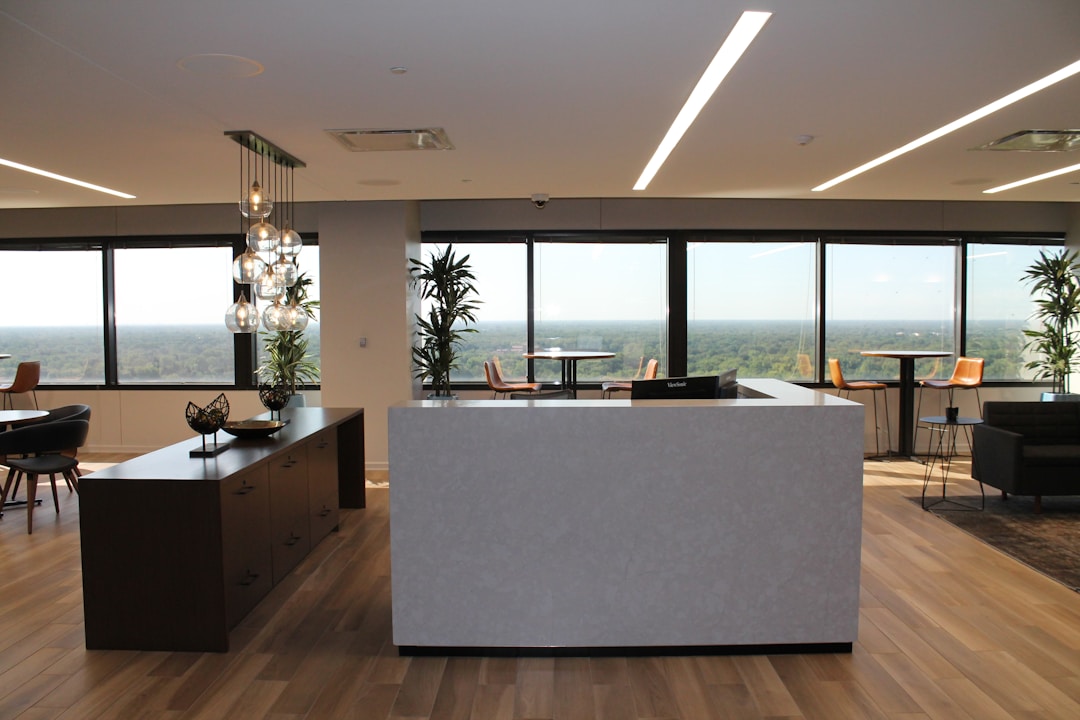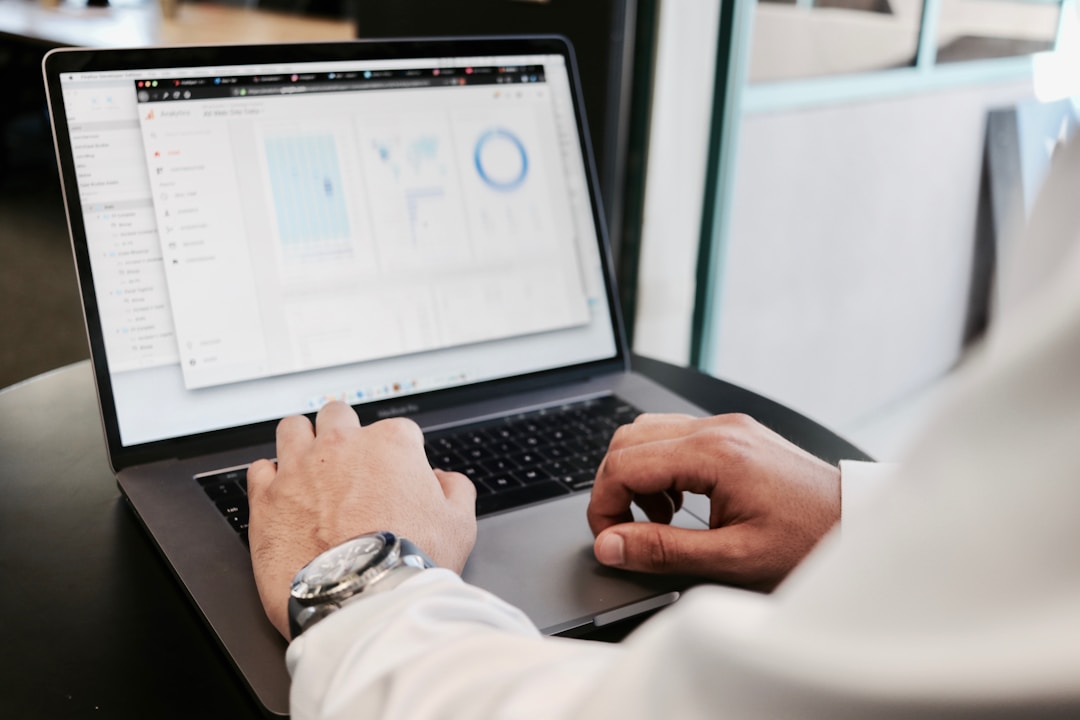Ensuring a smooth check-in process at your organization is not merely about making a good first impression; it’s also integral to security and operational efficiency. A reliable visitor management system can streamline visitor access, maintain accurate records for compliance purposes, and enhance the overall visitor experience. But, with a myriad of solutions available, implementing the right system demands careful planning and consideration. Below, we delve into essential tips for setting up an effective visitor check-in process that matches your organizational needs.
Understanding the Importance of an Efficient Check-In System

An efficient visitor system serves as the frontline of an organization’s security protocol. It helps in identifying and tracking guests, ensuring only authorized individuals gain access to the premises. This not only fortifies premises security but also aids in quick evacuation roll-calls during emergencies.
Beyond security, an optimized check-in system can enhance the visitor experience. Guests appreciate a seamless sign-in process that respects their time and privacy, often setting the tone for their entire visit. A positive onboarding experience can lead to favorable impressions and productive associations with your organization.
Additionally, a digital check-in system provides valuable data analytics, offering insights into visitor behavior and facility usage. This data can be instrumental in making informed decisions to improve facility management and resource allocation.
Incorporating a system such as visitor check in system also streamlines compliance with regulatory requirements. Companies can ensure that they are maintaining accurate visitation logs, which may be necessary for audits or inspections.
Selecting the Right Visitor Management Software
Choosing the appropriate visitor management software is paramount. Look for a system that offers the perfect balance between user-friendliness and comprehensive features. It should be intuitive enough for visitors to use without assistance, yet robust enough to meet security needs. Whether you’re using it for school visitor security or commercial security purposes, it helps to know the best features that matter to your workflow.
Compatibility with existing systems and scalability should also be high on the priority list. To prevent technology silos, the chosen software needs to integrate seamlessly with other systems, such as access control and employee directories.
Variability in the number of visitors can impact system performance. Hence, opt for a solution that can handle peak traffic without hiccups, ensuring that sudden surges in visitor numbers do not overwhelm your front desk operations.
Critical to the decision is after-sales support and software updates. Reliable customer service can greatly aid in resolving any issues that might arise during use, and regular updates ensure that your system stays ahead of the latest security threats and compliance requirements.
Customizing the Check-In Experience to Reflect Your Brand
The check-in process is an extension of your brand; it should align with your organizational ethos. Customization options allow you to incorporate brand colors, logos, and messaging, creating a cohesive and welcoming experience for visitors.
An aspect of customization is tailoring the visitor flow according to the type of visitor. For instance, delivery personnel might follow a different sign-in process compared to corporate guests, each designed to expedite their specific check-in purpose.
Designing a unique check-in experience also involves considering the visitor’s convenience. Features like pre-registration, QR code scanning, and one-click check-out can reduce waiting times and make the process more efficient.
Ensuring Data Privacy and Security in Visitor Management

Data privacy is a critical concern in visitor management. The system must conform to global data privacy regulations, such as GDPR, ensuring that visitor information is collected and handled responsibly.
Security measures must be robust to protect sensitive data from unauthorized access or breaches. Features like data encryption, secure cloud storage, and regular security audits contribute to maintaining the integrity of the information gathered.
Moreover, having a clear data retention policy is essential. It clarifies how long visitor information is stored and the protocol for its deletion once it is no longer needed, maintaining transparency with visitors regarding the use of their data.
Training staff on privacy policies and the proper use of the system is crucial. They should be adept at responding to visitor inquiries about data usage and have a clear understanding of the actions to take in case of a data security incident.
Overall, implementing an effective visitor management system is not only about upgrading to a digital solution; it involves choosing the right platform, customizing it to your brand, securing data, and ensuring that staff are well-equipped to manage the process. By following these guidelines, organizations can enhance security, improve visitor experience, and maintain a professional and efficient reception area.





